Beyond the magnificent pink and white marble walls that enchant millions of tourists yearly, Venice’s Doge’s Palace conceals a haunting legacy—a network of prison chambers that witnessed centuries of human drama, ingenious escapes, and the evolution of justice itself.
The Dark Foundation: Venice’s First Prison Chambers
From Glory to Gloom: The Medieval Beginnings
As the 13th century drew to a close, Venetian authorities carved their initial detention cells directly into the palace foundation. These underground chambers received ominous names that reflected their grim purpose: Schiava (The Bondage), Fresca Zoia (Cruel Delight), and Vulcano (The Inferno).
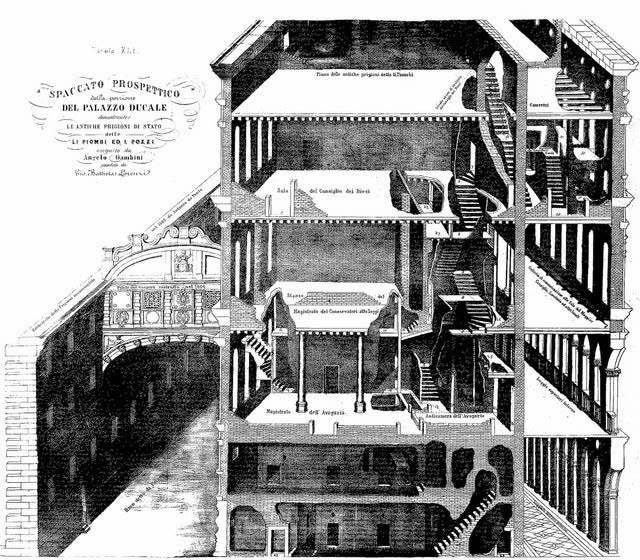
Within these windowless caverns, flickering oil flames provided the only illumination, creating eerie shadows that danced across ancient stone. The atmosphere grew thick with despair, while overcrowding transformed these spaces into hellish breeding grounds for plague and insanity.
The Abyss: Life in the Pozzi
The 16th century brought institutional changes as Venice’s Council of Ten sought greater efficiency in their penal system. They commissioned the pozzi—meaning “pits”—located at ground level. These chambers quickly earned the terrifying reputation as “living graves.”
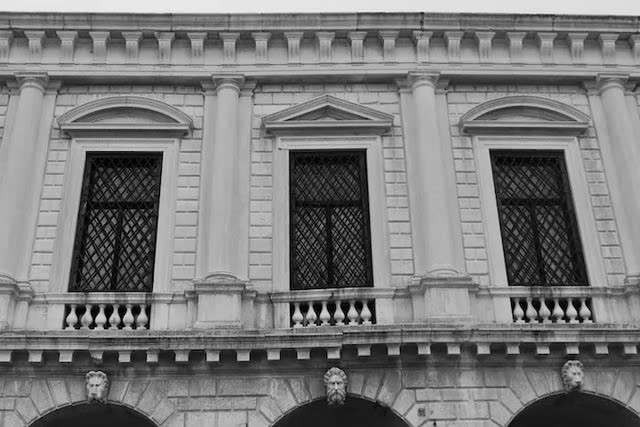
Inmates in the pozzi existed in complete darkness, their limbs shackled to moisture-laden stone walls. Silent corridors between cells enabled guards to move undetected, their echoing steps serving as reminders of approaching doom. Few who descended into these depths ever returned to glimpse daylight.
The Rooftop Cells: A Harsh Mercy
Far above the pozzi, nestled beneath the palace’s metallic roof, lay the piombi—the Lead Chambers. Though still confinement, these cells offered stark relief compared to the pits below. Narrow windows allowed precious daylight to enter, and prisoners could breathe somewhat cleaner air.

The cruel irony remained: summer heat transformed these chambers into blazing ovens, while winter cold turned them into arctic prisons. Nevertheless, for those charged with minor offenses—political rebels, petty criminals, or individuals who had merely crossed powerful families—the piombi represented mercy itself.
Revolutionary Design: The Birth of the New Prisons
An Unexpected Alliance
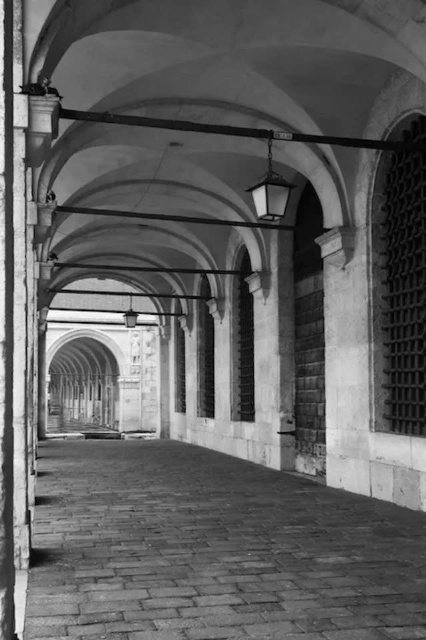
The closing decades of the 16th century witnessed a remarkable partnership that would reshape prison architecture throughout Venice. Antonio da Ponte, the brilliant mind behind the iconic Rialto Bridge, joined forces with an extraordinary advisor: Zaccaria Briani, a former inmate who had endured years behind bars.
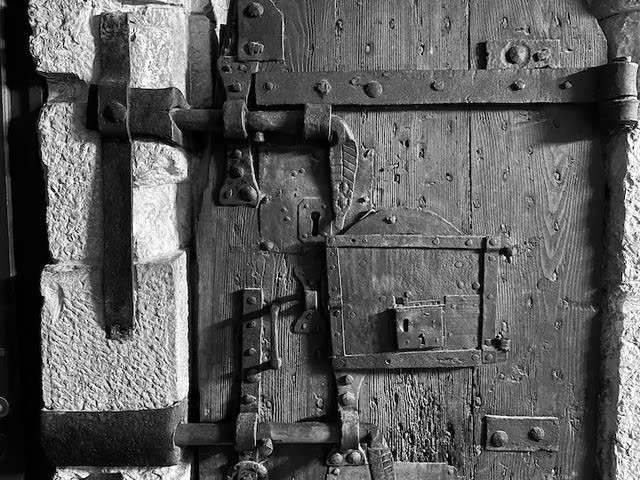
Briani’s invaluable perspective—drawn from personal survival in these very cells—introduced a humanitarian element that architectural brilliance alone could never provide. In return for his consulting expertise, he gained conditional freedom and the opportunity to transform anguish into hope for future prisoners.
A Monument to Progressive Justice
The New Prisons emerged across the waterway from the main palace, linked by what would become the legendary Bridge of Sighs. Da Ponte and Briani’s masterpiece embodied three groundbreaking concepts: aesthetic appeal, humane conditions, and effective security—principles virtually unknown in contemporary prison construction.

The exterior, crafted from brilliant Istrian limestone, displayed elaborate lion sculptures that appeared to guard both inmates and observers. Reinforced iron barriers maintained security while permitting natural light penetration. Within, generous cells replaced cramped dungeons, and a central courtyard invited sunshine into the structure’s core.
A dedicated chapel provided spiritual solace for prisoners, while the building’s island location guaranteed maximum security. This creation transcended mere incarceration—it represented Venice’s architectural declaration of evolving justice principles.
Legendary Breakouts: Tales of Wit and Bravery
Casanova’s Immortal Escape
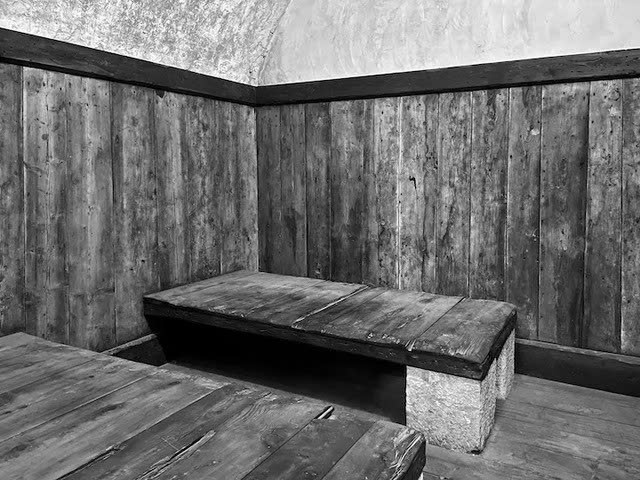
October 31st, 1756—this date remains forever inscribed in escape legend. Giacomo Casanova, the infamous lover and adventurer, accomplished the seemingly impossible: liberation from the supposedly escape-proof Lead Chambers.
Casanova’s breakout commenced with contraband tools, presumably supplied by corrupted guards or external allies. Throughout countless nights, he methodically carved through his cell’s ceiling, creating an opening barely adequate for his slender physique. When opportunity arose, he squeezed through onto the palace’s dangerous lead rooftop.
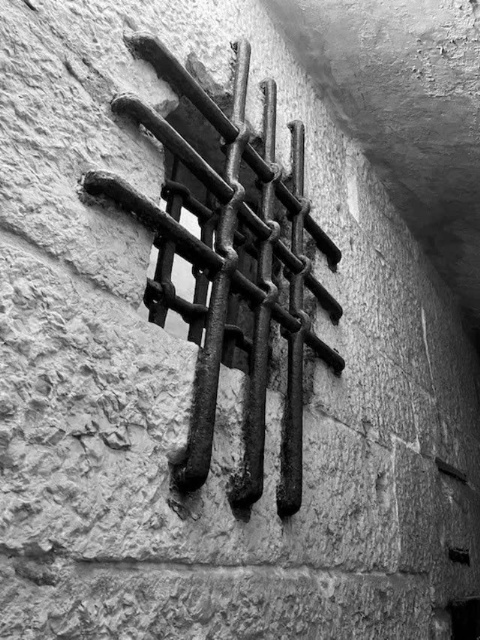
His subsequent adventure defies belief: Casanova traversing rooftops in complete darkness, infiltrating palace corridors, and audaciously descending the Golden Staircase—the same marble steps graced by Venice’s most honored guests. His published account, “My Escape from the Venetian Republic’s Prisons,” became a European sensation, though scholars continue debating which elements were factual versus Casanova’s notorious exaggerations.
Additional Acts of Defiance
Casanova’s achievement motivated numerous other attempts, though few matched his dramatic flair. Prisoners employed every imaginable strategy: corrupting guards with hidden treasure, creating diversionary fires, or braving the icy canal waters to reach waiting vessels.
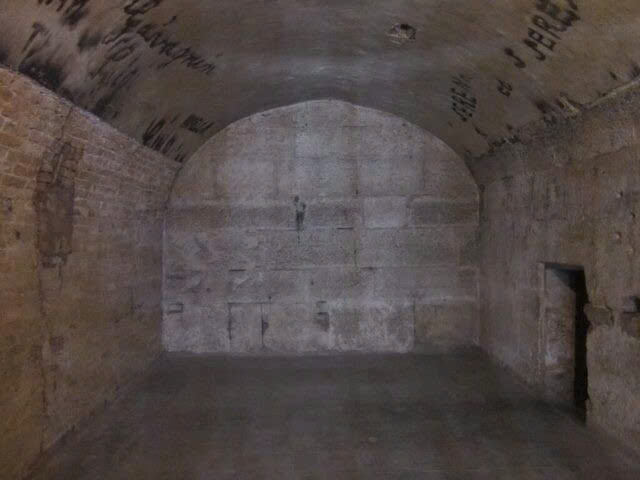
Some hammered through walls using improvised implements, while others coordinated with outside accomplices to position boats at specific rendezvous points. These escape endeavors, whether triumphant or failed, demonstrated humanity’s unwavering refusal to surrender hope, even when confronting seemingly insurmountable obstacles.
Whispers from the Past: Prison Wall Inscriptions
Desperate Messages Etched in Stone
Contemporary visitors to the New Prisons can still observe graffiti carved by desperate hands across the centuries. Names, dates, symbols, and pleas cover cell walls—creating a ghostly museum of human perseverance.
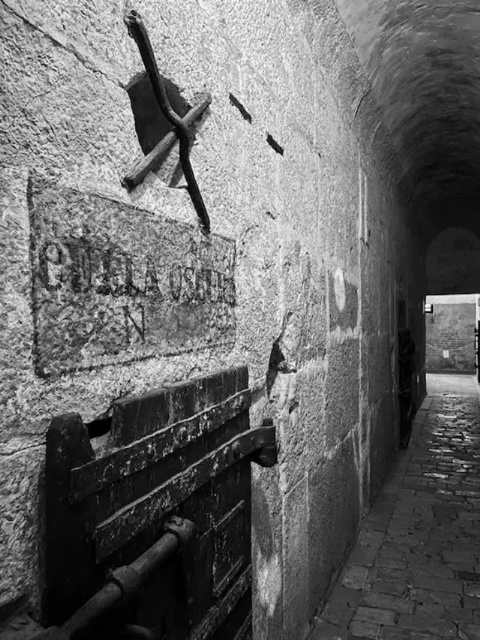
These inscriptions function as direct correspondence from history, providing insights into the thoughts of those facing unknown destinies. Some etched religious imagery seeking heavenly intervention, others preserved names of beloved family members they feared never seeing again, while a few left rebellious messages challenging their oppressors.
Every marking represents a moment when a prisoner refused anonymity, utilizing whatever instruments available to establish proof of their existence and suffering.
Video
Architectural Innovation: A New Philosophy of Imprisonment
Redefining Justice Through Design
The partnership between da Ponte and Briani produced more than mere construction—it established a revolutionary incarceration philosophy. Their design recognized that even convicted criminals retained fundamental human dignity, a radical notion during an era when punishment emphasized maximum torment.
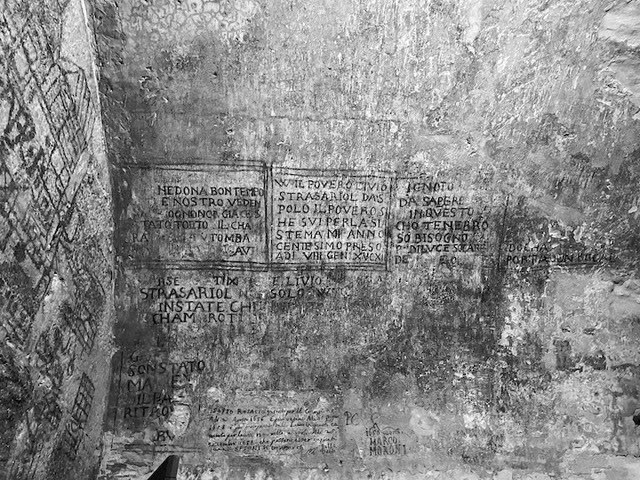
Briani’s contributions proved especially valuable because they originated from authentic experience. He comprehended the psychological devastation of perpetual darkness, the necessity of clean air circulation, and the importance of human interaction. His knowledge transformed what might have become another monument to brutality into a structure balancing justice with compassion.
An Enduring Influence
The New Prisons influenced correctional architecture across Europe, demonstrating that security and humanity could coexist successfully. Venice’s methodology became a template for enlightened imprisonment, proving that effective punishment didn’t require savage conditions.
The Bridge of Sighs: Icon of Melancholy and Redemption

Spanning the gap between palace interrogation chambers and the New Prisons, the Bridge of Sighs received its poetic name from 19th-century romantics who imagined prisoners lamenting their final glimpse of magnificent Venice. In practice, the enclosed bridge served utilitarian purposes: safely transporting inmates while preventing escape opportunities.
However, the bridge also symbolized something deeper—the passage from antiquated systems of savage punishment toward a more civilized approach to criminal justice.
Eternal Lessons: What the Stones Still Teach Us
Today, the Doge’s Palace prison complex stands as more than mere historical artifacts. These structures represent humanity’s continuous effort to balance justice with compassion, security with dignity, and punishment with possibilities for rehabilitation.
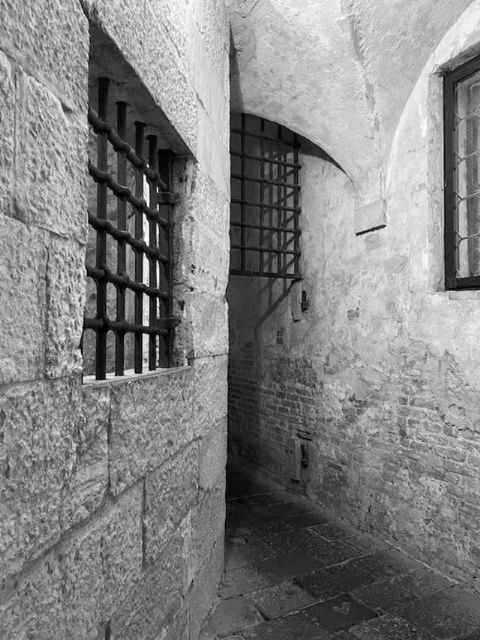
The narratives preserved within these ancient walls remind us that behind every prisoner existed a complete human being with aspirations, anxieties, and an inextinguishable longing for freedom. From the horrific pozzi to the innovative New Prisons, from Casanova’s spectacular escape to the anonymous inscriptions of forgotten souls, these accounts continue fascinating us because they address universal human experiences: the yearning for liberty, the strength of creativity, and the durability of human resilience.
Venice’s correctional legacy demonstrates that advancement often emerges from unexpected sources—sometimes even from the wisdom of those society has abandoned. In the collaboration between Antonio da Ponte’s architectural mastery and Zaccaria Briani’s hard-earned insights, we witness how innovation can emerge from the darkest circumstances, creating something magnificent and merciful from the fundamental elements of human hardship.
